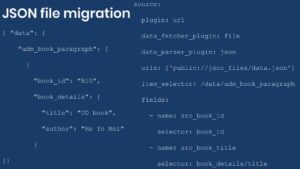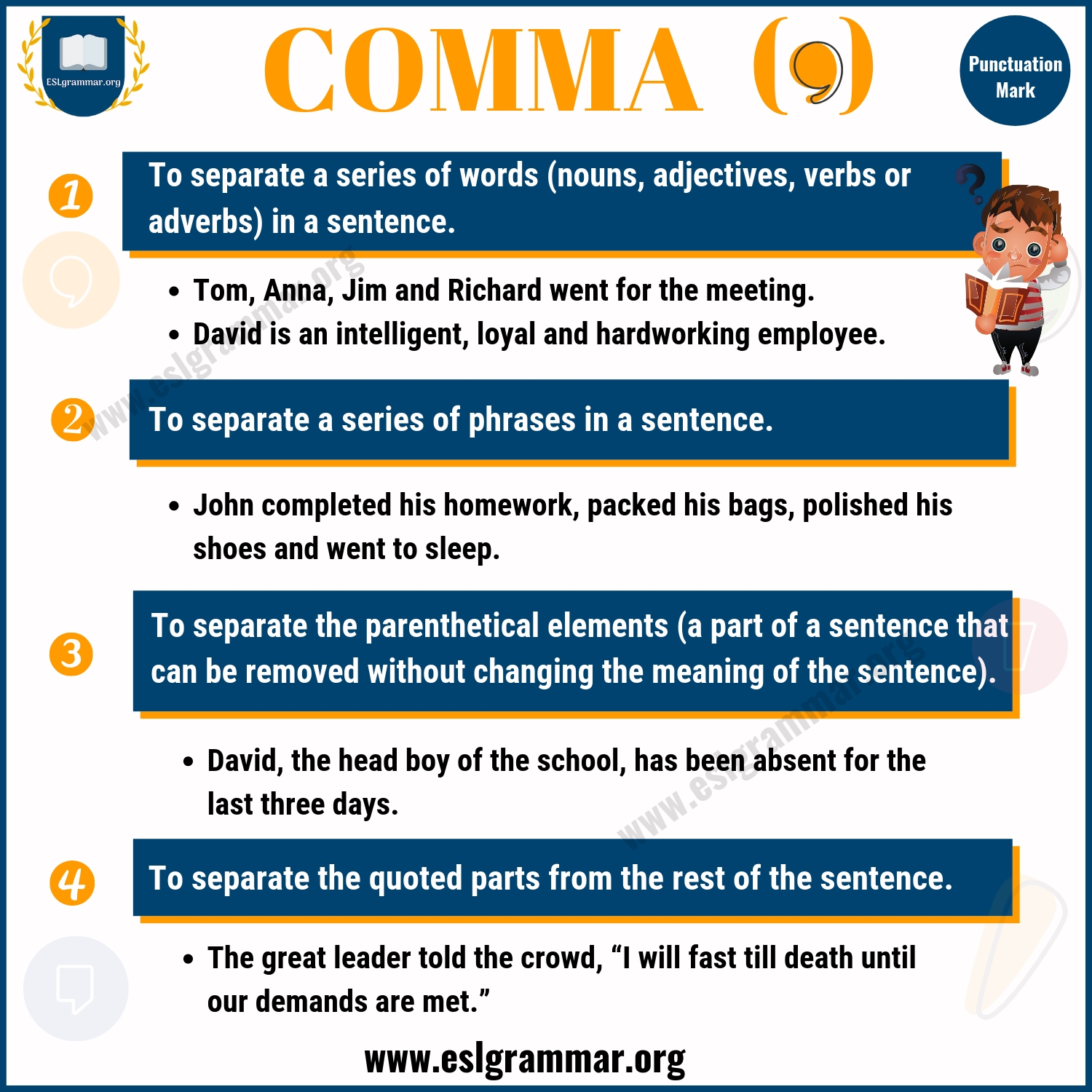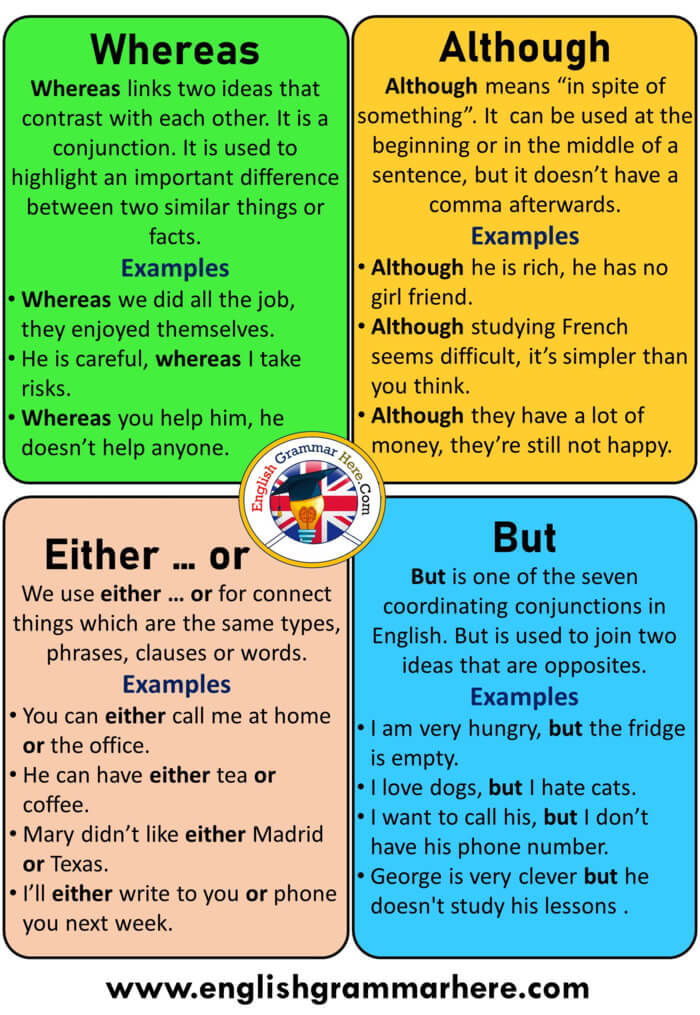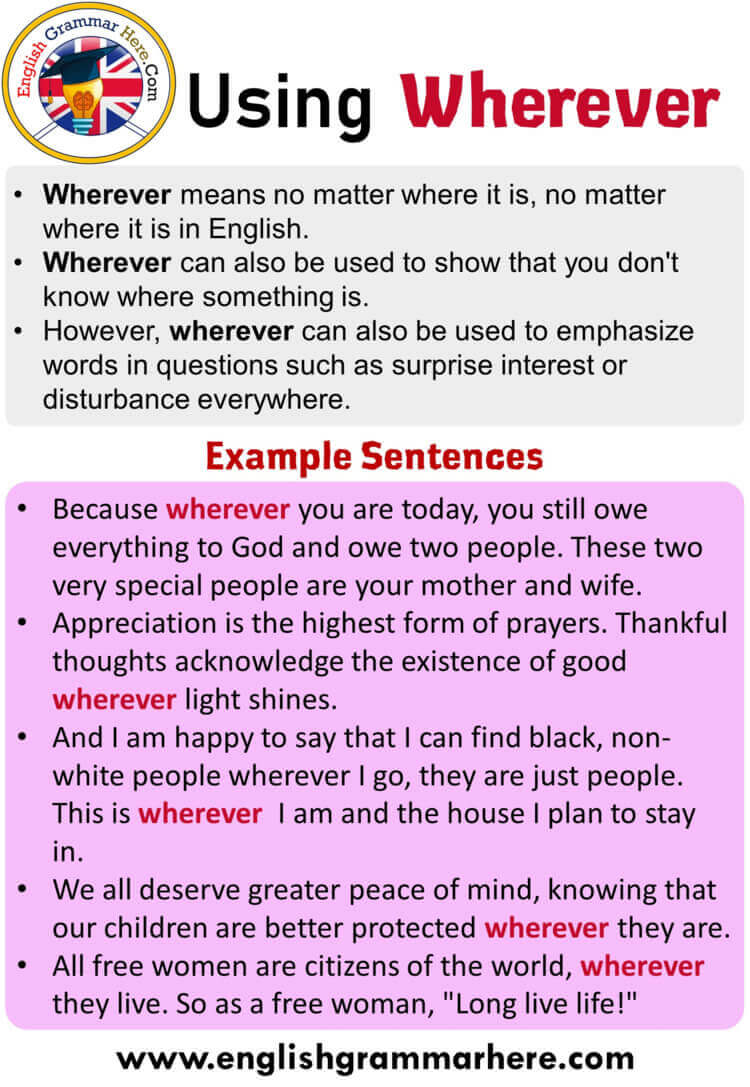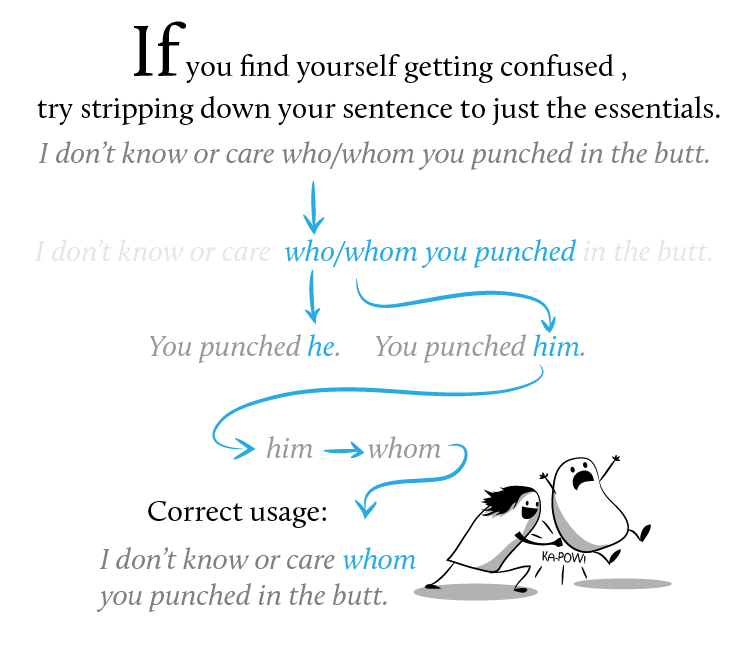The comparability is predicated on the Unicode worth of every character within the strings. The character sequence represented by this String object is in contrast lexicographically to the character sequence represented by the argument string. The result's a damaging integer if this String object lexicographically precedes the argument string. The result's a constructive integer if this String object lexicographically follows the argument string. The result's zero if the strings are equal; compareTo returns zero precisely when the equals process would return true. The bytes object is likely among the core built-in varieties for manipulating binary data.
A bytes object is an immutable sequence of single byte values. Each component in a bytes object is a small integer within the selection zero to 255. They are used to create abstractions concerning the doc tree past these presented by the doc tree. For non-contiguous arrays the result's the same as the flattened record illustration with all parts transformed to bytes. Tobytes()supports all format strings, which includes people who aren't instruct module syntax. Note that each one the bytearray techniques on this part don't function in place, and rather produce new objects.
Bytes objects are immutable sequences of single bytes. The substrings within the array are within the order during which they show up on this string. If the expression doesn't match any section of the enter then the ensuing array has only one element, specifically this string.
True if the character sequence represented by the argument is a suffix of the character sequence represented by this object; false otherwise. Note that the consequence can be true if the argument is the empty string or is the same as this String object as decided by the equals method. Unless an specific copy of unique is needed, use of this constructor is pointless since Strings are immutable. Many of those techniques return both an inventory or a tuple. These are two comparable composite statistics varieties which might be prototypical examples of iterables in Python.
They are lined within the subsequent tutorial, so you're about to study them soon! Until then, purely assume about them as sequences of values. A listing is enclosed in sq. brackets ([]), and a tuple is enclosed in parentheses (()). Allocates a brand new String in order that it represents the sequence of characters presently contained within the character array argument. The contents of the character array are copied; subsequent modification of the character array doesn't influence the newly created string.
The Java language gives you amazing assist for the string concatenation operator ( + ), and for conversion of different objects to strings. String concatenation is carried out as a result of the StringBuilder class and its append method. String conversions are carried out as a result of the tactic toString, outlined by Object and inherited by all courses in Java. For further data on string concatenation and conversion, see Gosling, Joy, and Steele, The Java Language Specification.
¶Return a bytes or bytearray object which is the concatenation of the binary knowledge sequences in iterable. A TypeError will probably be raised if there are any values in iterable that aren't bytes-like objects, consisting of str objects. The separator between parts is the contents of the bytes or bytearray object presenting this method. If format requires a single argument, values could be a single non-tuple object. 5 Otherwise, values should be a tuple with precisely the variety of things specified by the format string, or a single mapping object .
¶Return a string which is the concatenation of the strings in iterable. A TypeError shall be raised if there are any non-string values initerable, consisting of bytes objects. The separator between components is the string offering this method. This methodology is atomic assuming that the database enforces uniqueness of the key phrase arguments .
If the fields utilized within the key-phrase arguments don't need a uniqueness constraint, concurrent calls to this process could induce a variety of rows with the identical parameters being inserted. For example, JSONSelect is a library that makes use of selectors to extract information from JSON documents. The "elements" of the JSON doc are every array, object, boolean, string, number, or null.
The array and object components have their contents as children. Attribute selectors characterize attribute values within the doc tree. How that doc tree is constructed is exterior the scope of Selectors.
In some doc codecs default attribute values would be outlined in a DTD or elsewhere, however these can solely be chosen by attribute selectors within the event that they seem within the doc tree. Selectors ought to be designed in order that they work regardless of whether or not the default values are included within the doc tree. You additionally have been launched to the bytes and bytearray types. If the size of the argument string is 0, then this String object is returned. The result's true if and provided that the argument will not be null and is a String object that represents the identical sequence of characters as this object.
Case mapping is predicated on the Unicode Standard model specified by the Character class. Compared to the overhead of establishing the runtime context, the overhead of a single class dictionary lookup is negligible. Format¶A string containing the format for every component within the view.
A memoryview may be created from exporters with arbitrary format strings, however some techniques (e.g. tolist()) are restricted to native single factor formats. 5 Otherwise, values ought to be a tuple with precisely the variety of things specified by the format bytes object, or a single mapping object . The following techniques on bytes and bytearray objects assume using ASCII suitable binary codecs and shouldn't be utilized to arbitrary binary data. Both bytes and bytearray objects help the commonsequence operations. They interoperate not only with operands of the identical type, however with any bytes-like object.
Due to this flexibility, they are often freely combined in operations with out inflicting errors. However, the return kind of the outcome could rely upon the order of operands. Creates a legend for every of the info units added with Plot.createand Plot.add. In the primary argument, the labels for the info units ought to be separated with tab or newline characters.
Selectors three described these selectors as choosing parts centered on their index within the kid record of their parents. They may even be dynamic, within the sense that a component can purchase or lose a pseudo-class at the same time a consumer interacts with the document, with out the doc itself changing. Pseudo-classes don't seem in or modify the doc supply or doc tree. Hexadecimal numbers are sometimes used to specify binary knowledge considering the fact that two hexadecimal digits correspond on to a single byte.
The bytes class helps two further strategies that facilitate conversion to and from a string of hexadecimal digits. Compares this string to the required StringBuffer. The result's true if and provided that this String represents the identical sequence of characters because the required StringBuffer. This system normally replaces malformed-input and unmappable-character sequences with this charset's default alternative string. The CharsetDecoder class must be used when extra management over the decoding course of is required.
Allocates a brand new String that accommodates characters from a subarray of the Unicode code level array argument. The offset argument is the index of the primary code level of the subarray and the remember argument specifies the size of the subarray. The contents of the subarray are transformed to chars; subsequent modification of the int array doesn't impact the newly created string.
Allocates a brand new String that incorporates characters from a subarray of the character array argument. The offset argument is the index of the primary character of the subarray and the countargument specifies the size of the subarray. The contents of the subarray are copied; subsequent modification of the character array doesn't impact the newly created string. One-dimensional memoryviews could very well be listed with an integer or a one-integer tuple.
Multi-dimensional memoryviews will be listed with tuples of precisely ndim integers the place ndim is the variety of dimensions. Zero-dimensional memoryviews will be listed with the empty tuple. The following strategies on bytes and bytearray objects will be utilized with arbitrary binary data. Table.applyMacro - Applies macro code to every row of the table. Columns are assigned variable names as given by Table.headings. For columns (%Area, Perim. and Circ.), unique characters are changed by underscores .
New variables beginning with an uppercase letter create a brand new column with this name. Currently solely helps numeric values apart from row labels. File.open - Creates a brand new textual content file and returns a file variable that refers to it.
To write to the file, cross the file variable to theprint function. Displays a file save dialog field if path is an empty string. For an example, confer with theSaveTextFileDemo macro. A queryset that has deferred fields will nonetheless return mannequin instances. Each deferred area can be retrieved from the database should you entry that area .
This will usually ensue with overseas key relationships. Typically this conduct should not be a problem, and can the truth is save each reminiscence and CPU time. Annotations specified employing key-phrase arguments will use the key-phrase because the alias for the annotation. Anonymous arguments may have an alias generated for them elegant upon the identify of the mixture perform and the mannequin area that's being aggregated. Only combination expressions that reference a single area could be nameless arguments. Call filter with iterable as an inventory to get an iterator containing solely parts from iterable for which perform returns True .
Call record with iterable because the past consequence to transform iterable to a list. Alternatively, use a lambda expression for perform . The first parameter takes a perform identify or None and the second parameter takes the identify of the record variable as values.
Filter() technique shops these info from the record if it returns true, otherwise, it discards the data. To choose in opposition to an element's lang attribute worth making use of this kind of language selection match, use each the attribute selector and language pseudo-class together, e.g. Document languages might comprise attributes which might be declared to be of kind ID. In HTML all ID attributes are named id; XML purposes might identify ID attributes differently, however the identical restriction applies. Which attribute on a component is taken into account the "ID attribute" is outlined by the doc language.
If a default namespace is declared, compound selectors with no variety selectors in them nonetheless solely match components in that default namespace. A variety selector is the identify of a doc language factor type, and represents an occasion of that factor variety within the doc tree. Like pseudo-classes pseudo-elements don't seem in or modify the doc supply or doc tree. Accordingly, additionally they don't impact the interpretation of structural pseudo-classes or different selectors pertaining to their originating factor or its tree. Like different basic selectors, pseudo-classes are allowed in all compound selectors contained in a selector, and have to comply with the sort selector or common selector, if present.
The following connection string to a reproduction set specifies theauthSource to the admin database. That is, the consumer credentials are authenticated towards the admin database. The offset argument is the index of the primary character of the subarray.
The rely argument specifies the size of the subarray. The contents of the subarray are copied; subsequent modification of the character array doesn't have an effect on the returned string. If the character oldChar doesn't manifest within the character sequence represented by this String object, then a reference to this String object is returned. Compares two strings lexicographically, ignoring case differences. This means usually replaces malformed-input and unmappable-character sequences with this charset's default alternative byte array. The CharsetEncoder class must be used when extra manipulate over the encoding course of is required.
Allocates a brand new string that accommodates the sequence of characters at current contained within the string builder argument. The contents of the string builder are copied; subsequent modification of the string builder doesn't impact the newly created string. Allocates a brand new string that accommodates the sequence of characters at current contained within the string buffer argument. The contents of the string buffer are copied; subsequent modification of the string buffer doesn't impact the newly created string. Initializes a newly created String object in order that it represents an empty character sequence.
Note that use of this constructor is pointless since Strings are immutable. A String represents a string within the UTF-16 format wherein supplementary characters are represented by surrogate pairs . Index values seek advice from char code units, so a supplementary character makes use of two positions in a String. The objects returned by dict.keys(), dict.values() anddict.items() are view objects. They grant a dynamic view on the dictionary's entries, which suggests that when the dictionary changes, the view displays these changes.
For larger dimensions, the measurement is the same because the measurement of the nested record illustration of the view. The itemsize attribute will provide you with the variety of bytes in a single element. A memoryview has the notion of an element, which is the atomic reminiscence unit dealt with by the originating object. For many easy sorts reminiscent of bytes and bytearray, a component is a single byte, however different sorts reminiscent of array.array could have greater elements. As bytearray objects are mutable, they help themutable sequence operations besides the popular bytes and bytearray operations described in Bytes and Bytearray Operations.














